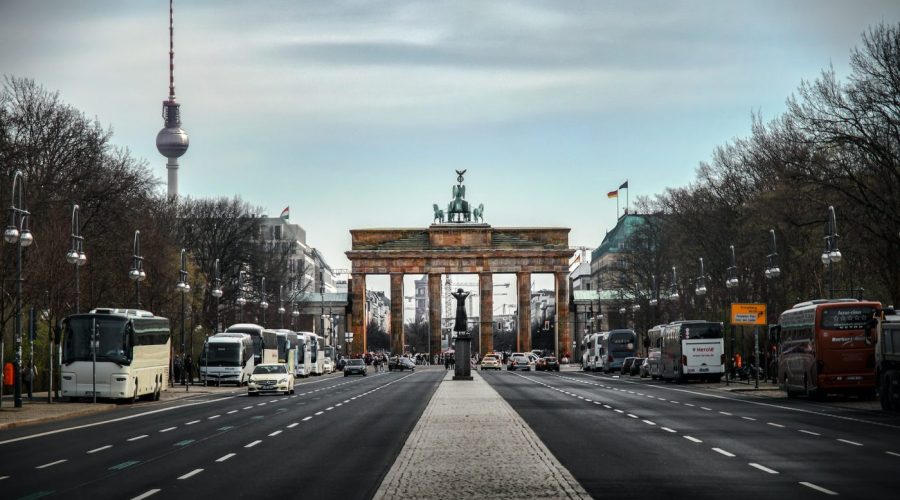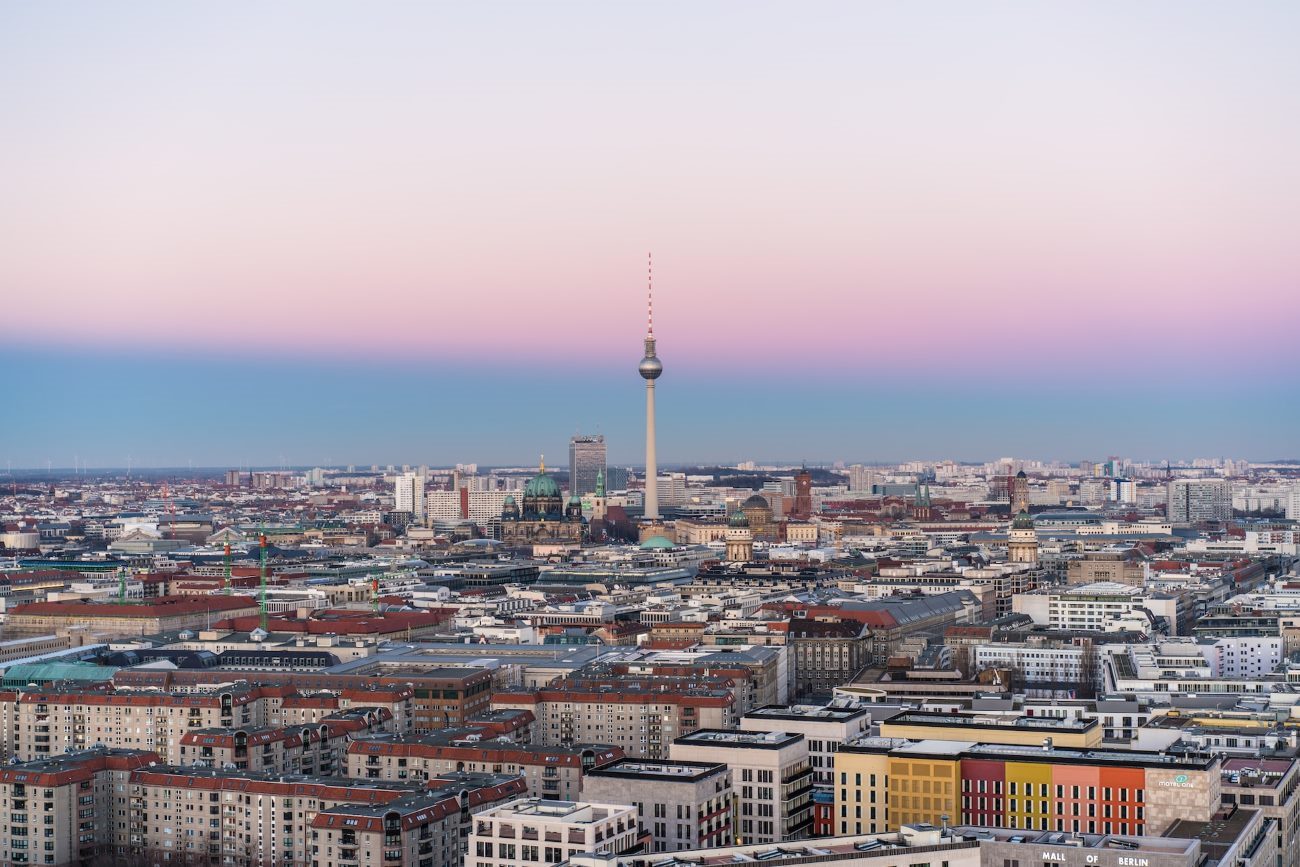How Did the West Respond to the Berlin Wall?
The construction of the Berlin Wall on August 13, 1961, was a significant event in history. It not only physically divided the city of Berlin but also symbolized the ideological divide between the Western democracies and the Soviet-led Eastern Bloc during the Cold War. So, how did the West respond to this concrete barrier that separated families, friends, and an entire nation? Let’s explore the various ways in which the West reacted to the Berlin Wall.
1. Diplomatic Actions
The West, particularly the United States and its allies, strongly condemned the construction of the Berlin Wall. They regarded it as a blatant violation of human rights and a manifestation of Soviet aggression. Diplomatic efforts were made to exert pressure on the East German government to dismantle the wall and restore freedom of movement.
The West also embraced a policy of containment, aiming to isolate the Soviet Union and its Eastern European allies diplomatically and economically. The construction of the wall heightened tensions between East and West, leading to an increase in spy activity, intelligence operations, and secret tunnels. These covert activities aimed to gather information about the situation behind the wall and aid potential escape attempts.
2. Economic Measures
The West implemented various economic measures to undermine the East German regime and demonstrate solidarity with the people trapped behind the wall. One notable example was the introduction of the Berlin airlift in 1948-1949. When the Soviets blockaded West Berlin, the Western Allies launched an around-the-clock operation to airlift vital supplies to the residents, signaling their commitment to supporting democracy and freedom.
In the years following the construction of the wall, the West imposed economic sanctions aimed at putting pressure on the East German government. This involved restricting trade, limiting financial aid, and freezing East German assets in Western countries.
3. Public Reactions
The construction of the Berlin Wall quickly became a highly visible symbol of the ideological struggle during the Cold War. The West utilized this opportunity to rally its citizens, create awareness, and generate public support for its position. People in the West organized protests, held rallies, and raised their voices against the injustice of the wall.
Support for those affected by the wall was demonstrated through humanitarian initiatives such as sponsoring refugee programs, providing financial assistance, and organizing cultural exchange programs. The West aimed to show solidarity with those trapped on the other side of the wall and offer a glimmer of hope in their quest for freedom.
4. Political Strategies
The West also pursued political strategies to confront the construction of the Berlin Wall. Leaders across the Western world used speeches, public statements, and international forums to denounce the wall and demand its removal. They stressed the importance of democracy, human rights, and the freedom to move across borders.
Additionally, the West continuously sought to keep the issue of the Berlin Wall in the international spotlight. This included bringing the matter before the United Nations and other global organizations, thereby pressuring the Soviet Union and East Germany to justify their actions to the international community.
5. Long-Term Impact
The West’s response to the Berlin Wall had a profound impact. Despite initial skepticism and uncertainty, the West’s unwavering commitment to freedom, democracy, and human rights eventually triumphed. The Berlin Wall stood as a physical and ideological barrier for 28 years, but on November 9, 1989, it finally crumbled amid widespread public pressure and internal political changes.
The fall of the Berlin Wall marked the beginning of the reunification process for Germany and symbolized the end of the Cold War. It was a significant win for the ideals held by the Western democracies and highlighted the power of diplomacy, economic measures, and public actions in shaping historical events.
Conclusion
The construction of the Berlin Wall provoked strong responses from the Western democracies. Diplomatic efforts, economic measures, public reactions, and political strategies were all utilized to challenge the wall’s existence and advocate for freedom and human rights. In the end, these collective actions contributed to the downfall of the wall, allowing Germany to reunite and ushering in a new era of hope, unity, and peace.
Table of Contents



